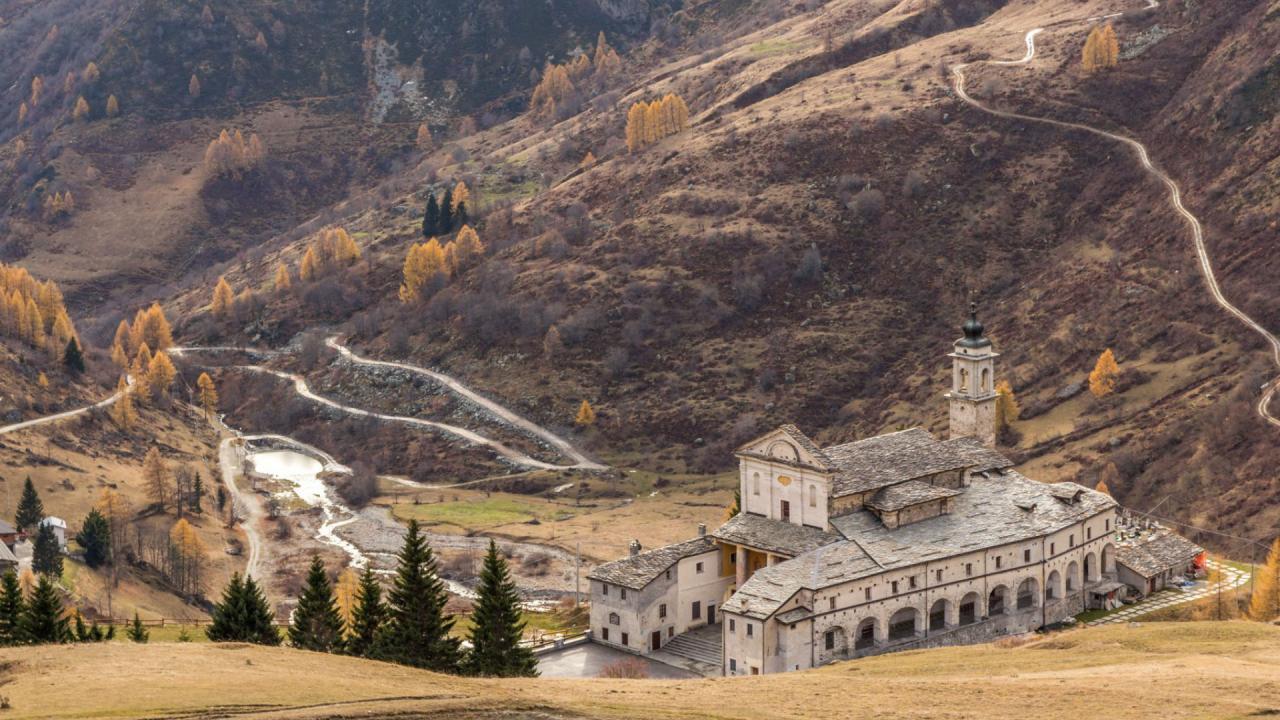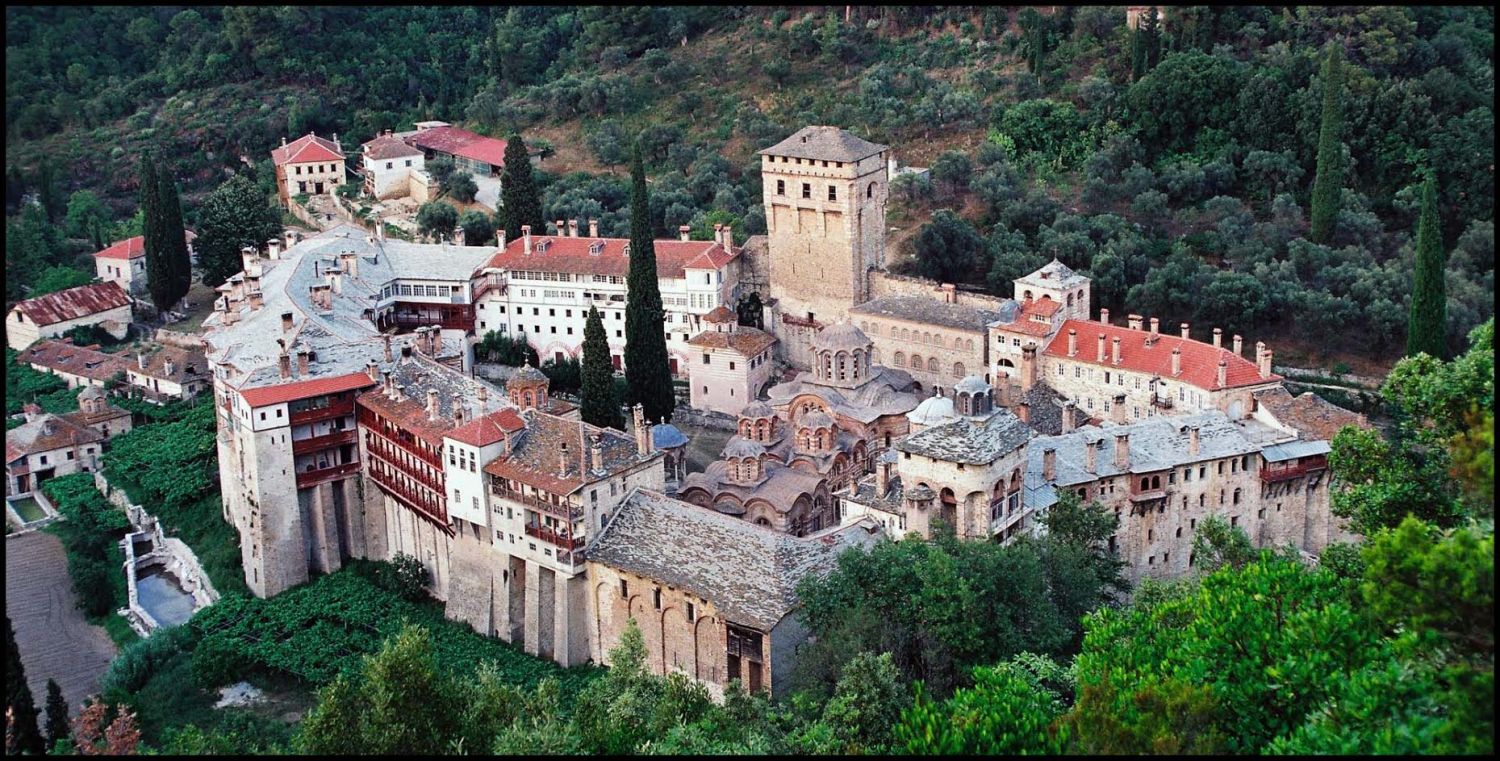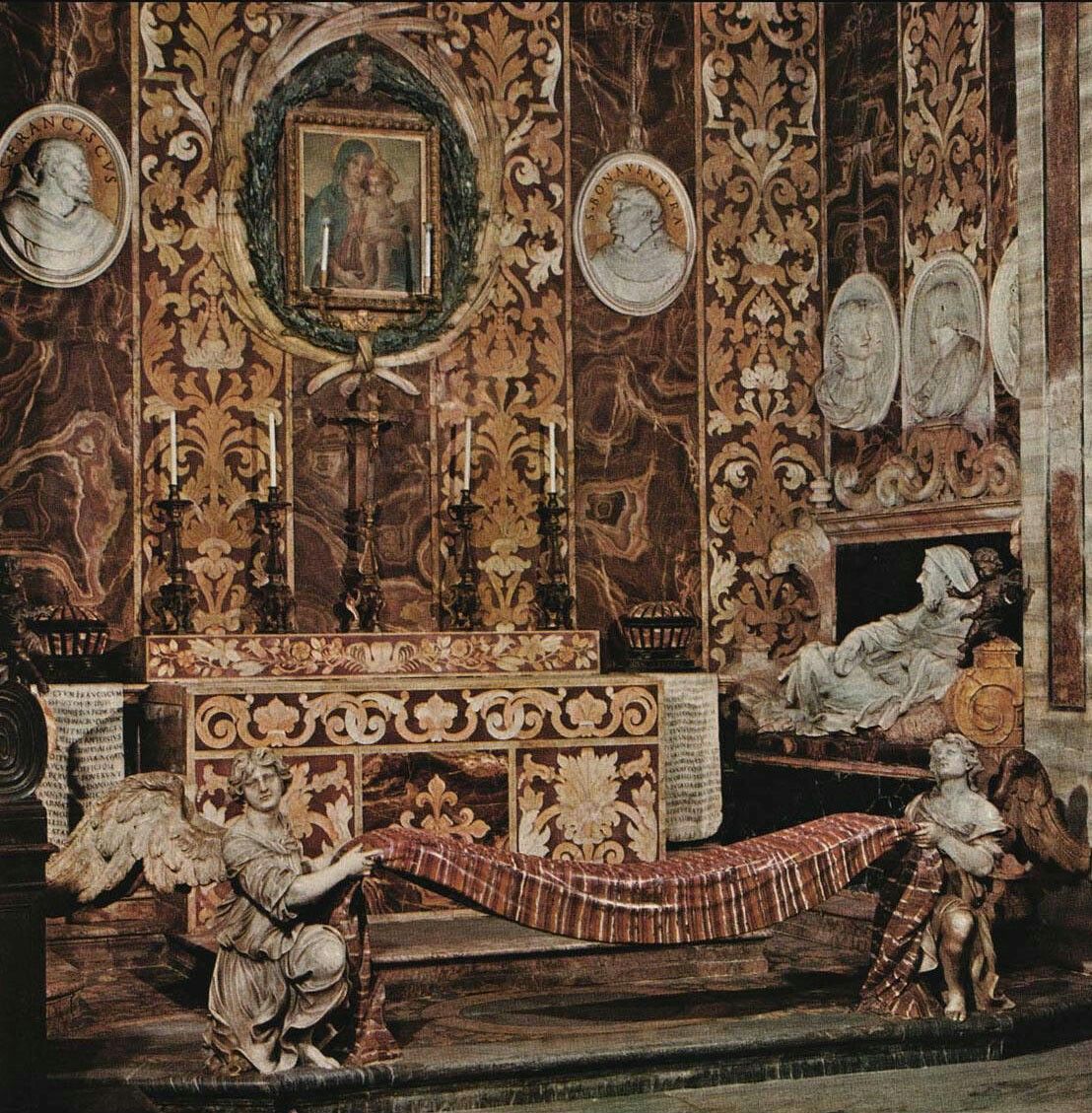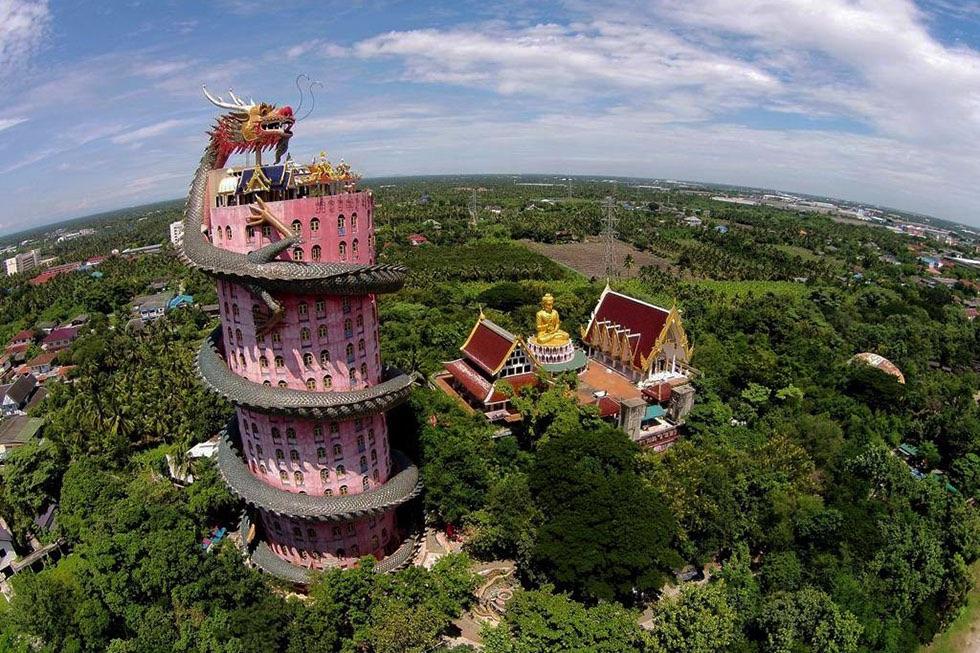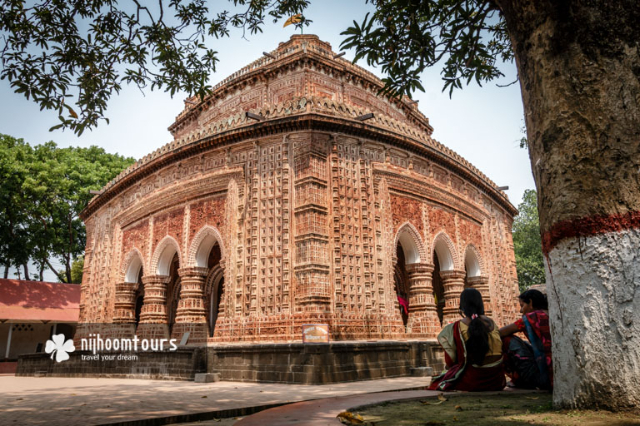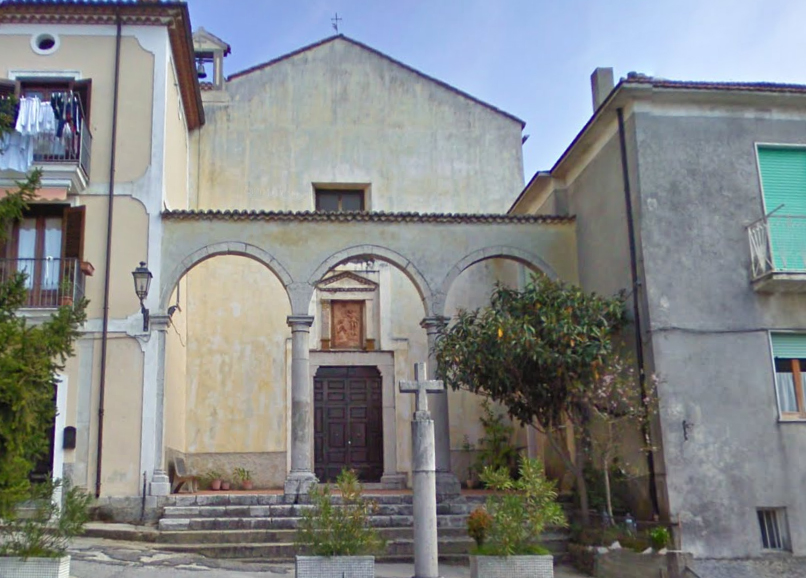Situated at 1760 metres above sea level on an enchanting grassy plateau framed by the mountains, it is an unmissable amalgam of history, art, tradition and faith.the site on which the sanctuary dedicated to San Magno stands today appears to have been frequented since Roman times, as testified by the stone fragment with an inscription dedicated to the god Mars found under the altar in the 19th century and now walled up under the external portico behind the church. The Grana valley, in fact, even though it had no direct outlets, was certainly known to the Romans as an important crossroads for the possibility of passing to the Stura and Maira valleys through the Valcavera pass and the Mulo pass. A small church is already attested in this place in the 14th century, but it is from 1475 that devotion becomes more heartfelt, when the parish priest Enrico Allemandi decides to build a new chapel. At the beginning of the 16th century, a first enlargement became necessary, followed by the final one in 1703. In 1861, the arcades and the reception rooms were built according to Antonio Bono’s project.
Around 1450 the priest Enrico Allemandi was appointed Rector of the churches in the territory of Castelmagno; as the inscription on the right wall tells us, about twenty-five years later, to celebrate the anniversary of his priesthood, he had a chapel built and decorated, flanked by an 18-metre high bell tower. Today the chapel is the most ancient nucleus of the sanctuary; it is decorated with frescoes by Pietro Pocapaglia from Saluzzo, who depicted on the sails the evangelists, the doctors of the church and God the Father in mandorla; along the walls, even if in a fragmentary state, we can see episodes from the life of San Magno and the remains of a cavalcade of vices behind the altar.
A few decades after the decoration of the Allemandi chapel it was decided to enlarge the sanctuary, probably to cope with the great influx of pilgrims. So the room commonly called Botoneri chapel was built, from the name of the painter who frescoed it in 1514, as testified by the inscription above the entrance door. Along the walls are painted the stories of the Passion of Christ, culminating with the Crucifixion on the triumphal arch; some panels, however, take up the main devotions of the area, such as the seven martyrs of the Theban legion (here exceptionally depicted all together), St Michael weighing the soul of a dead man, St James performing the miracle of Santo Domingo de la Calzada, saving a young pilgrim.
The bishop of Saluzzo, under whose jurisdiction the Grana Valley was until 1817, decided at the beginning of the 18th century to start the construction of a new body of the sanctuary, even more imposing and oriented perpendicularly to the older nucleus.
